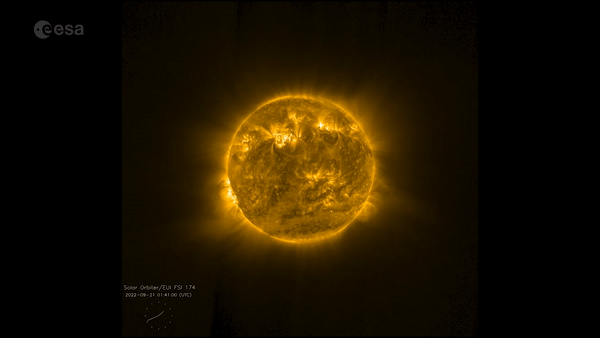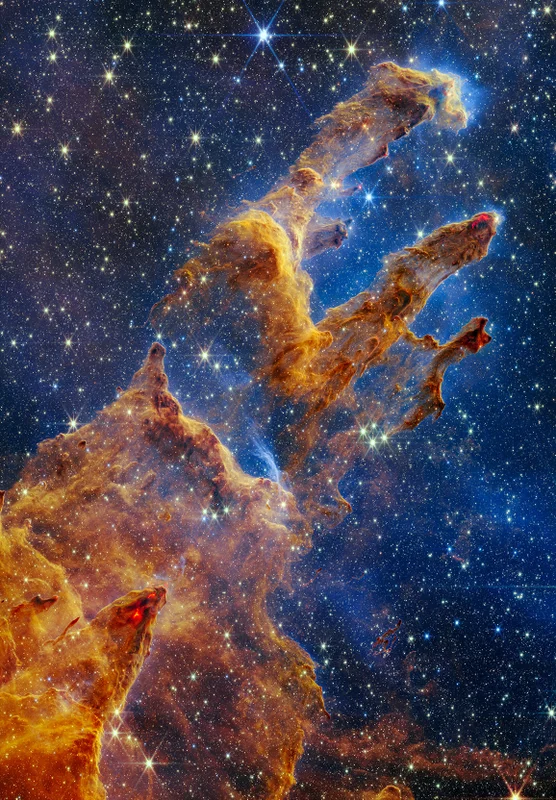The European Solar Orbiter spacecraft watched an odd snake-like filament crawl across the sun‘s surface just before a massive plasma eruption.
The filament originated in a sunspot, a cooler region on the sun’s surface where the star’s magnetic field is twisted. The “snake” took three hours to slither across the sun’s disk at a speed of 105 miles (170 kilometers) per second, or 378,000 mph (608,000 km/h) according to a statement from the European Space Agency (ESA), which operates the spacecraft. In the time-lapse sequence constructed from images captured by Solar Orbiter’s Extreme Ultraviolet Imager, the “snake” glides across the disk within a second.
Because the odd occurrence was followed by a coronal mass ejection (CME), an eruption of hot plasma from the sun’s upper atmosphere, the corona, scientists think the two phenomena might be connected.
The plasma of the snake was cooler than its surroundings as it made its way through the convoluted magnetic field lines emanating from the star’s surface, ESA officials wrote in the statement.
“You’re getting plasma flowing from one side to the other but the magnetic field is really twisted,” David Long, a scientist at Mullard Space Science Laboratory of University College London, U.K., who led the investigation into the phenomenon, said in the statement. “So you’re getting this change in direction because we’re looking down on a twisted structure.”
Particles from the subsequent eruption, which took place on Sept. 5, were later detected by Solar Orbiter’s Energetic Particle Detector (EPD). According to the ESA statement, the eruption was “one of the most intense solar energetic particle events” detected by the instrument since it began scanning its surroundings after the spacecraft launched in 2020.
“It’s a really nice combination of datasets that we only get from Solar Orbiter,” Long said.
NASA’s Parker Solar Probe, which periodically approaches the sun to within a few million miles or kilometers, was in the direct firing line of this CME, taking even more valuable measurements.
By pairing images of what happens on the sun’s surface with measurements of particles and gases ejected from the sun as they pass orbiting spacecraft, scientists hope to be able to make new connections and gain insights into the dynamics of space weather phenomena that can affect technology on Earth.
CMEs, which contain vast amounts of magnetized plasma, can interfere with Earth’s own magnetic field, triggering geomagnetic storms that are usually accompanied by spectacular aurora displays.
But the eruptions can also create dangerous conditions in Earth’s orbit. Satellites experience more drag as a result of space weather events and in some cases can even fall from orbit. In February this year, SpaceX lost a batch of about 50 brand new Starlink satellites after launching them into a mild geomagnetic storm. More powerful geomagnetic storms may cause extensive power blackouts on Earth.




GIPHY App Key not set. Please check settings